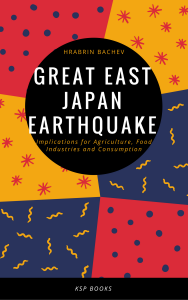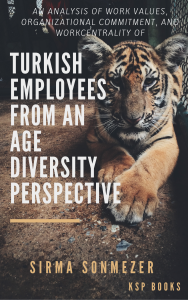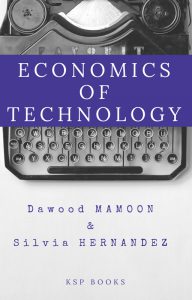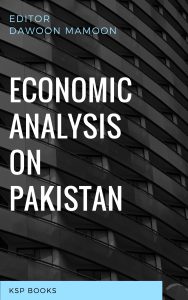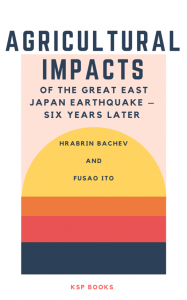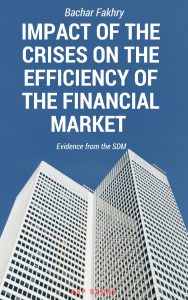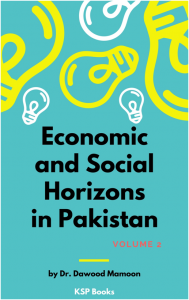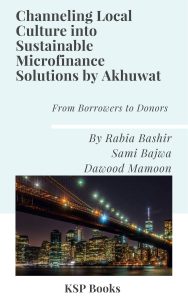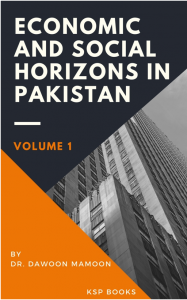Socio-Economic Issues in Cameroon Vol.1
Synopsis
(Ch.1) In a situation of bank credit rationing, SMEs have the most recourse to short-term financing. In order of preference, these include tontines, microfinance institutions, business-to-business loans, carers, friends’ helpers, current associate competitions, leasing institutions, associations, and associations, increase in capital. This order corresponds almost to the most sought after alternative financing methods. There is therefore a financial equilibrium problem when it comes to meeting the long-term and medium-term needs of SMEs. To respond to this concern, we have proposed alternative financing methods to SMEs, specifying their order of preference, which SMEs can use in rationing bank credit. Other proposals for banks and public authorities have also been made to improve bank financing for SMEs.
(Ch.2) Cocoa activity in Meme Division for decades has greatly contributed in the organisation of rural population as well as landscape in the area. This is remarkable in the distribution patterns of local labour forces on cocoa farms after post colonial era. In similar way it has also influence the social, economic and political characteristics of local development in Meme Division since independence. Despite many opportunities from the activity the sector remains questionable. The chapter examines and analyses the contribution of cocoa production to local development in Meme Division as well as the nature of labour practices in the sector. A random sampling technique of one hundred and fifty (150) cocoa producing households in thirty villages was adopted. The issues raised by the respondents was statistically analysed after investigation. Results show that cocoa production is one of the sources of national and households’ income. It has also accounted for the development of solidarity farm working groups. From which four labour patterns are created: family, hired, force, and voluntary labours. These solidarity groups are mostly youth representing 60% of labour force as against 40% for adults’ workers on cocoa activities. Conclusion shows that Meme Division is the best sample to evaluate the role of cocoa activity in the organisation of local population, labour distribution pattern on cocoa sector as well as local development.
(Ch.3) The author attempts to use the Mookherjee and P’ng model to analyse corruption as an important explanatory variable of the sustainable management crisis of the forest in Cameroon. The analysis of fieldwork date indicates that the government of Cameroon does not have incisive and dissuasive instruments advocated in the latter model to eradicate corruption. The author therefore encourages the government to utilise these instruments to attempt to reduce the above crisis.
(Ch.4) This chapter describes, from an observation of five cases of local markets in Africa, how informal organizations are being formed and perpetuated. It appears that the stability and sustainability of a given informal organization are determined by some factors, apart from profitability or the comfort of a professional situation. The implementation process and the informal coordination guarantee the stabilizing dynamics in how these markets operate.
(Ch.5) This chapter attempts to assess the extent of the phenomenon, then to discuss the relevant explanatory variables, and finally to examine the efforts of the fight against corruption. A tentative conclusion is that the failure of the fight against the phenomenon is explained by the fact that the variables that best explain the phenomenon in the implementation of control strategies are not taken into account. In particular, the analysis indicates that an adapted control policy should be based on salary increases and the strengthening of control and sanction policies.
(Ch.6) The microfinance, a financial inclusion factor does not seem to effectively play its role of a bank for the poor in Cameroon. The success story of the Grameen Bank’s microfinance model leads to draw some lessons for the Cameroonian financial system. From this model of successful microfinance conceived by Mohammad Yunusin Bangladesh in the 1970’s, we have conducted a comparative study of the practice of microfinance within the Grameen Bank context and Cameroon. From it, there are some principal lessons which show how micro credit supply to the poor can be improved in Cameroon.
(Ch.7) Work in a simplistic way is considered as an activity allowing an individual to receive a remuneration that can allow the latter to support oneself. However, during the European occupation in Kamerun, a distinction can be made between employees who worked in plantations of cash crops which were poorly remunerated. And administrative employees, beside them, there were also mission’s non-employees that worked for nothing according to the will of God. This was therefore valid wherever Europeans and Christianity were passing. Today, International Labour Organization has redefined working conditions on a redevelopment that will enable people to live on the fruits of their labour, even if the notion of surplus value persists.
Contents
About Editor(s)
ISBN
978-605-2132-47-0
Date of Publication
December 15, 2019
File Size: 3442 KB
Length: xvi + 158 pages
This work is licensed under a Creative Commons Attribution 4.0 International License.

